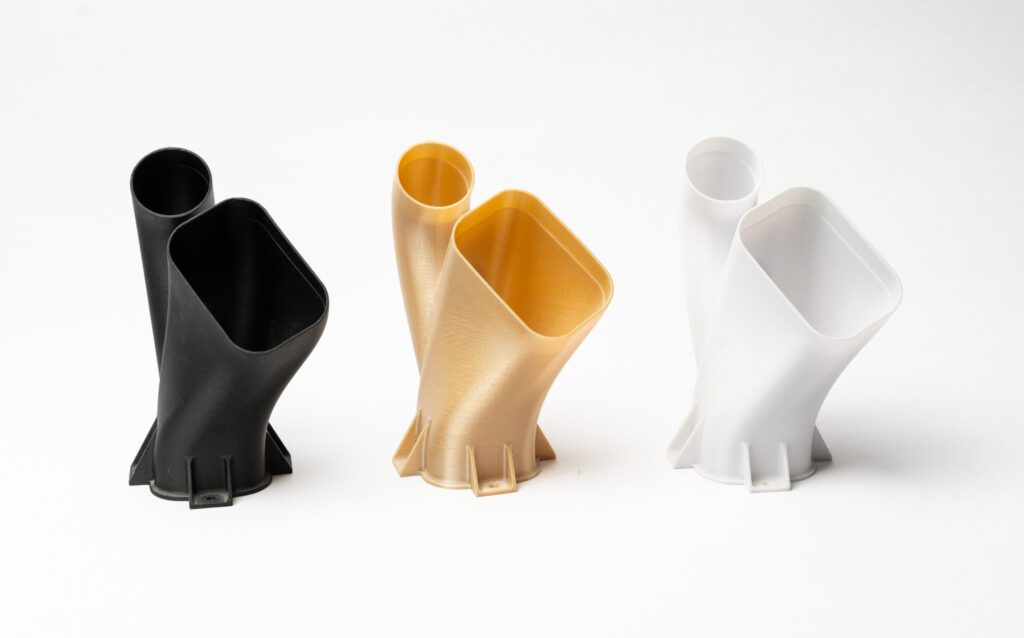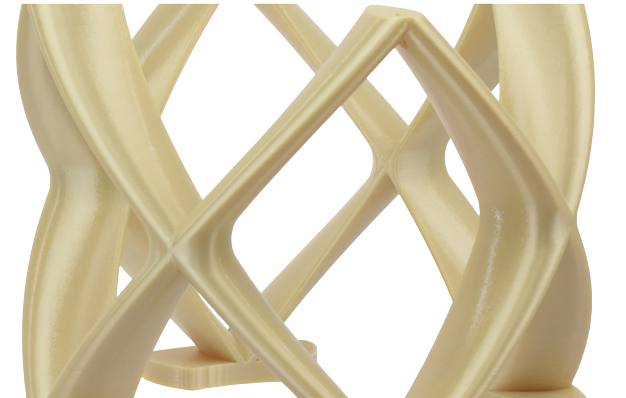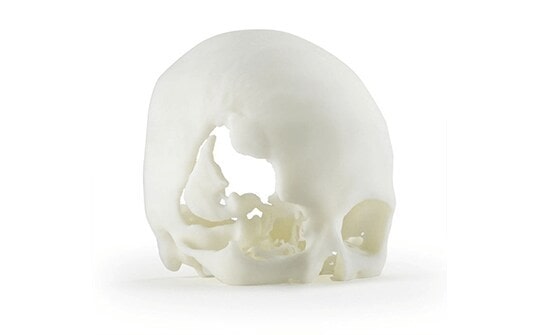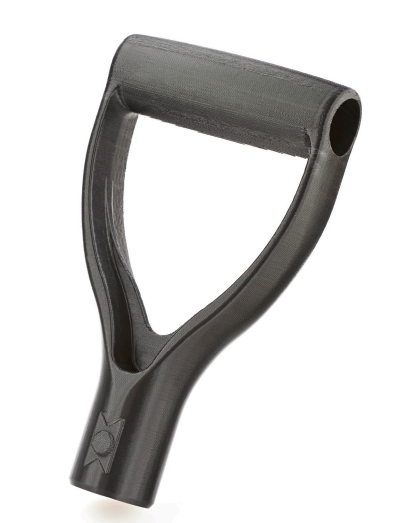Background
Fused Deposition Modeling (FDM) is an additive manufacturing technology that builds segments or parts layer-by-layer via heating and extruding thermoplastic filament. FDM technology was created in 1988 by Scott and Lisa Crump, the founders of Stratasys. Crump created the technology to build his daughter a toy frog using a glue gun and a mixture of polyethylene and candle wax. In 1989, Crump patented FDM technology and founded Stratasys. Stratasys created the software process that converts stereolithography (STL) files into another format that slices sections of the 3D model and determines how the layers will be printed.
FDM is well suited for building components that have complex designs and demand durability. This technology creates components with exceptional thermal and chemical resistance and superior strength-to-weight rations. These traits are given because FDM is the only 3D printing process that utilizes materials such as ABS, PC-ISO polycarbonate, and ULTEM 9085.
There are many uses for FDM, among them are Prototyping, Jigs and fixtures creation, and the production of end-use parts. Prototyping with FDM allows to Bypass the high cost and lead time of traditional prototyping. Creating Jigs and Fixtures reduce CNC machine setup time by up to 80%. Moreover, it frees up CNC capacity using 3D printed work holding tools, while gaining lower weight and ergonomic benefits over machined metal tooling. Lastly, the production of end-use parts with FDM is the ideal on-demand solution for cost-effective manufacture of low-volume and bridge-to-production parts, thanks to printing precision that goes as accurate as 10 microns in layer width.




























